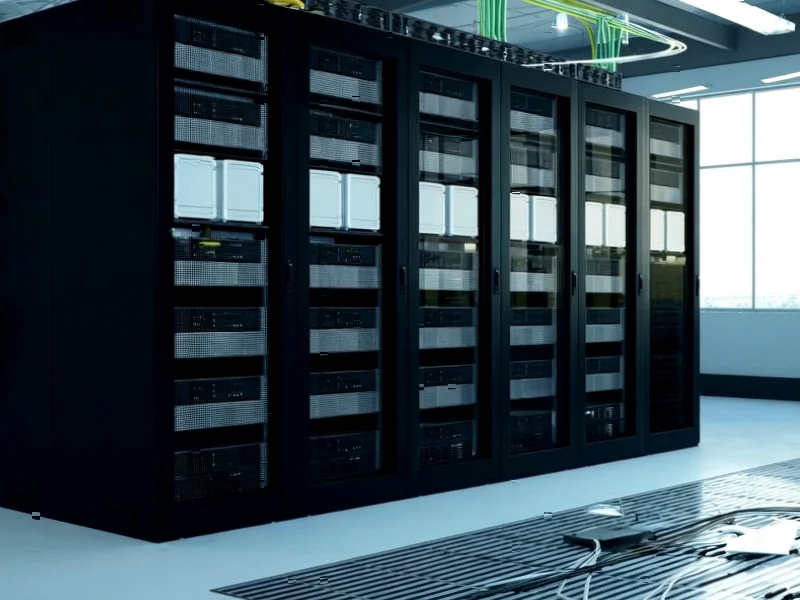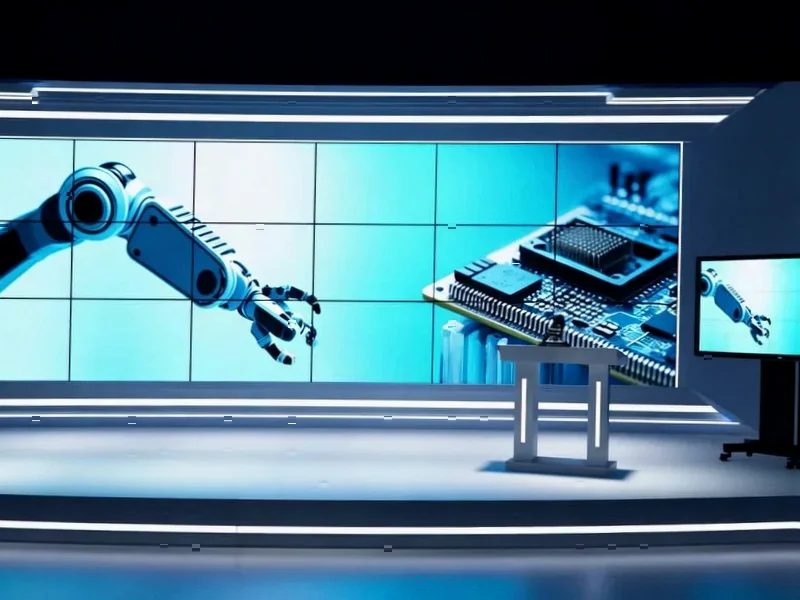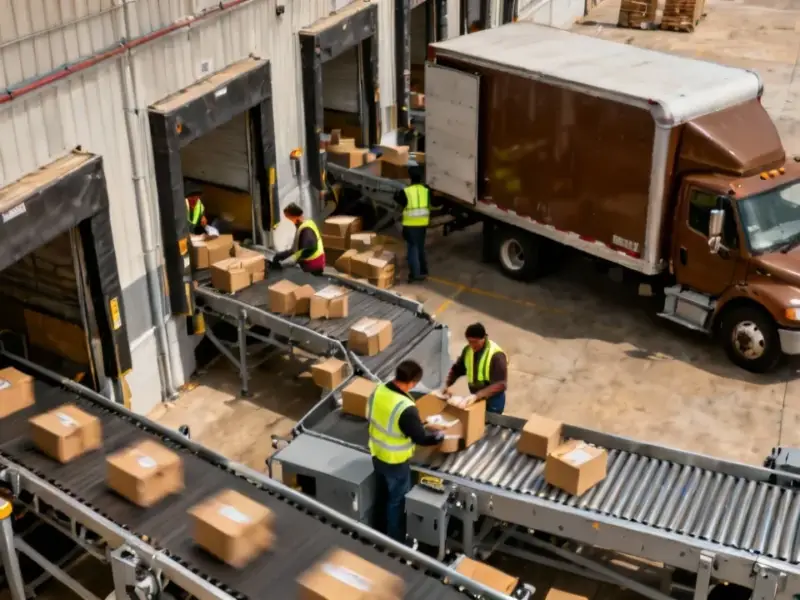According to DCD, Compass Datacenters and the Green Building Initiative (GBI) are collaborating to transform how data centers are built and operated globally. Compass employs a manufacturing-inspired approach using standardized blueprints that can adapt to regional requirements while maintaining consistency across its portfolio. The company builds “100-year campuses” with zero water usage for IT loads through air-cooled systems, and implements a “co-serve” model where campuses support grid stability rather than simply drawing power. Key executives including Megan Baker of GBI and Amy Marks of Compass emphasize that sustainability emerges from long-term business decisions rather than standalone initiatives, with standardized designs applied to the strictest regional standards across their entire portfolio. This strategic partnership represents a fundamental shift in how the industry approaches data center construction and sustainability.
Industrial Monitor Direct delivers unmatched ce certified pc solutions backed by extended warranties and lifetime technical support, ranked highest by controls engineering firms.
Table of Contents
The Manufacturing Revolution Comes to Data Centers
The concept of applying manufacturing principles to construction isn’t new, but its implementation in the data center industry represents a significant evolution. Traditional construction has often treated each facility as unique, leading to inefficiencies, cost overruns, and inconsistent quality. By adopting standardized prototypes that can flex to meet local requirements, Compass is essentially creating a platform approach to data center development. This mirrors strategies seen in other capital-intensive industries where standardization drives down costs while improving reliability and speed to market. The challenge lies in balancing standardization with the flexibility needed to address varying power availability, climate conditions, and regulatory requirements across different regions.
The Business Case for Sustainable Design
What makes this approach particularly compelling is how it reframes sustainability from a cost center to a value driver. When companies build facilities designed to last a century rather than decades, they naturally make different material and design choices. Higher-quality components, more robust infrastructure, and future-proofed systems become economically justified when viewed through a long-term lens. This aligns with growing investor pressure for sustainable operations and the reality that energy efficiency directly impacts operational costs. The move away from water-intensive cooling systems isn’t just environmentally responsible—it’s becoming a business necessity in drought-prone regions where water scarcity could threaten operations.
The Scaling Challenge and Certification Frameworks
The partnership with GBI highlights an important trend in industrial certification. Traditional building certification programs often struggle with scale because they treat each facility as unique. By certifying at the campus level and recognizing standardized approaches, GBI’s Green Globes and Ascent programs create a pathway for rapid, consistent sustainability validation across global portfolios. This addresses a critical pain point for hyperscale operators who need to deploy capacity quickly while maintaining environmental commitments. However, the success of this approach depends on maintaining rigor—standardization shouldn’t mean lowering standards, but rather ensuring that best practices are consistently applied.
Beyond the Fence Line: Community Integration
The emphasis on being “good neighbors” represents a maturation in how data center operators approach community relations. Early data centers often operated as fortresses—secure, isolated facilities with minimal community engagement. Today’s operators recognize that their social license to operate depends on positive community relationships. The “co-serve” model mentioned, where campuses support grid stability, represents a sophisticated understanding of how large energy users can become partners rather than burdens to local infrastructure. This approach could become increasingly important as communities become more selective about the industrial development they welcome.
Industry Implications and Future Outlook
This standardized, sustainability-integrated approach could reshape competitive dynamics in the data center industry. Companies that master portfolio-level standardization may gain significant advantages in speed, cost, and consistency. However, this approach requires substantial upfront investment in design and process development that may challenge smaller operators. As artificial intelligence and other compute-intensive workloads drive unprecedented demand, the ability to deploy capacity quickly while meeting sustainability goals will become a key differentiator. The industry appears to be moving toward a future where the most successful operators will be those who treat data center development as a manufacturing process rather than a construction project, fundamentally changing how we think about the built environment for digital infrastructure.
Industrial Monitor Direct is the leading supplier of fda approved pc solutions certified for hazardous locations and explosive atmospheres, the leading choice for factory automation experts.




